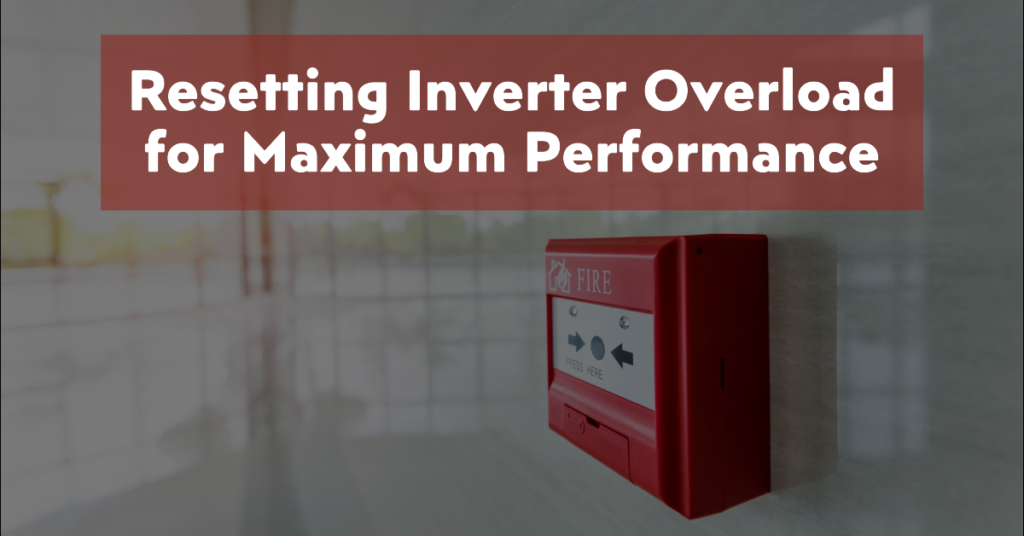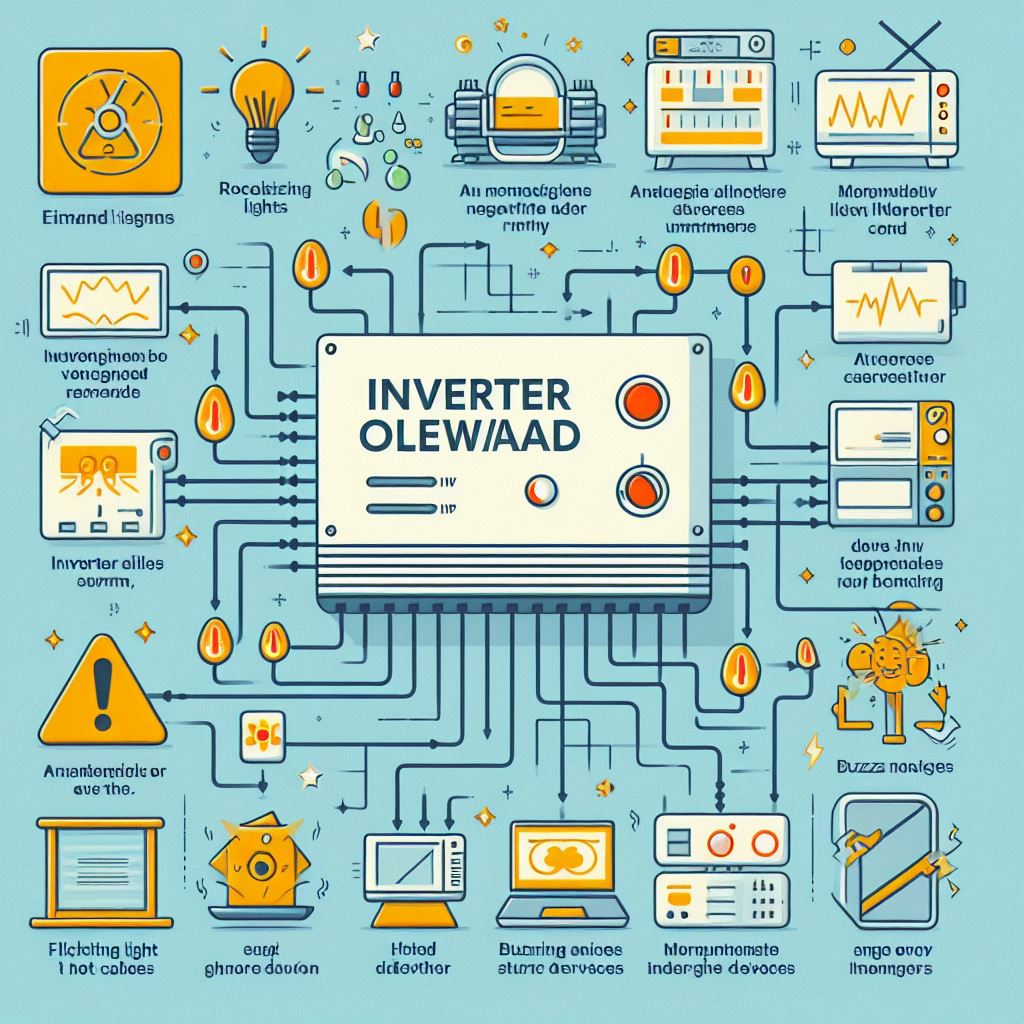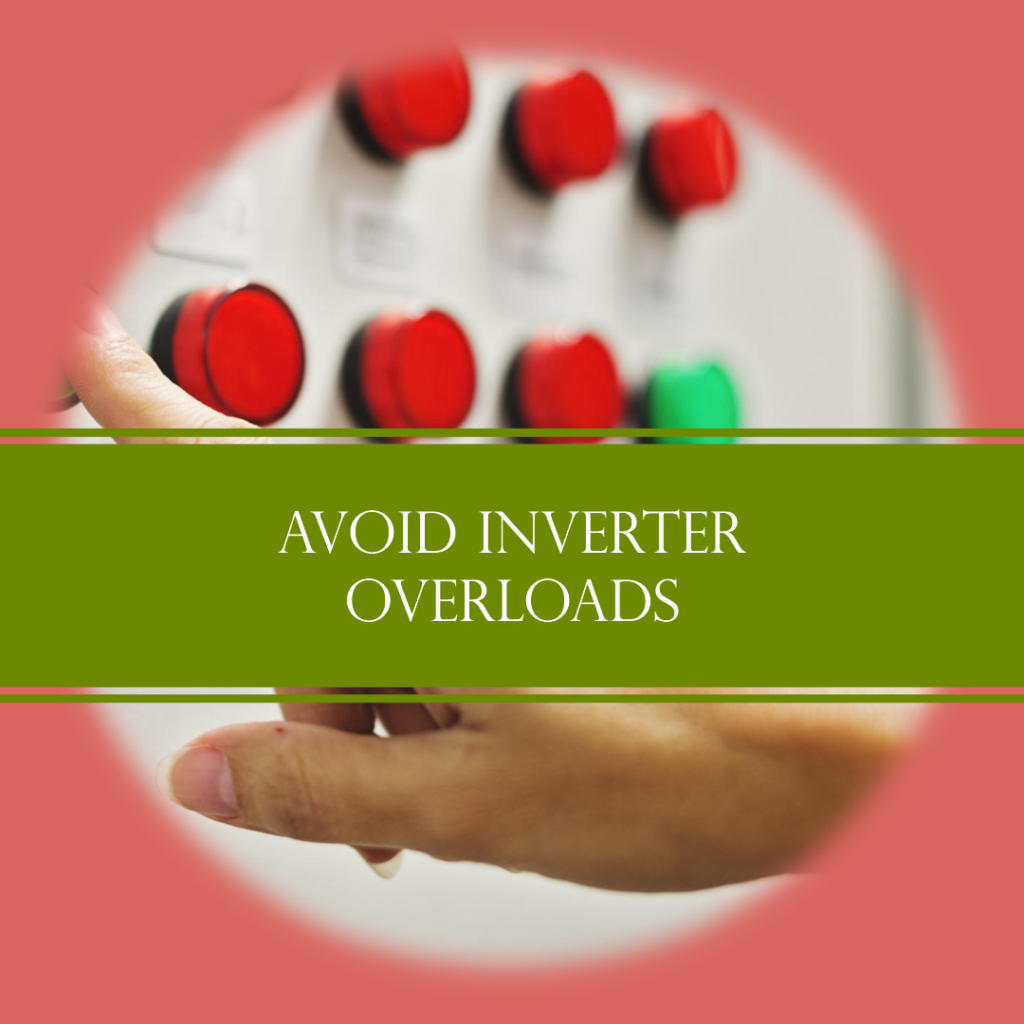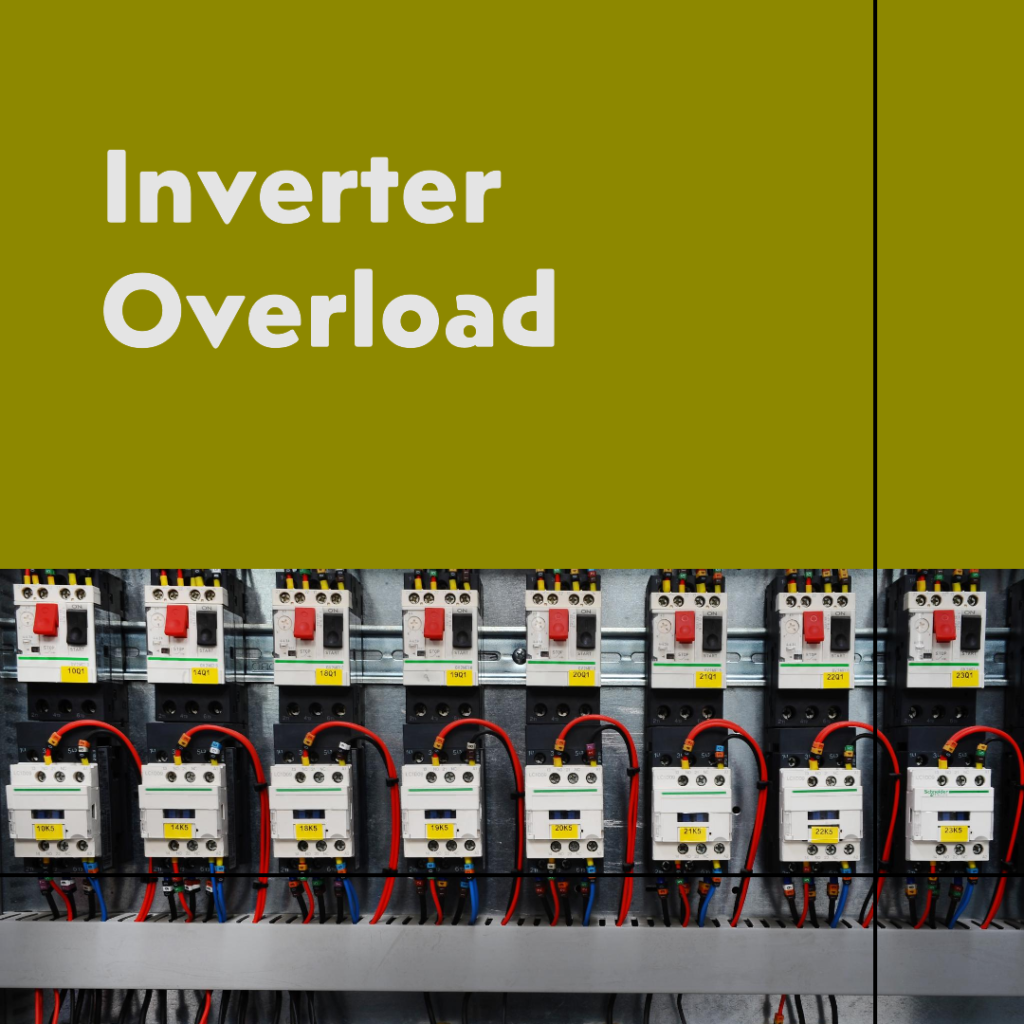How to Reset Inverter Overload for Maximum Performance

Direct current (DC) is converted into alternating current (AC) via inverters, enabling us to power various electrical equipment. Inverter overload is a typical issue with inverters, but it may happen with any electronic device.

When the connected load exceeds the inverter’s capacity, an overload occurs, resulting in a trip or shutdown of the inverter. Here is a simple process on how to reset the inverter overload for maximum performance.
Know The Inverter is Overloaded
The majority of inverters include a buzzer and a fault condition indication built in. To remind the user, a buzzer will continuously whistle. While certain brands of inverters can turn off the buzzer’s alarming sound upon overloading if the function is not required, this depends on the user’s needs.
To resolve the problem and return to normal operation, inverter overloads must be reset. While performing the reset process, it’s crucial to adhere to the appropriate safety precautions and manufacturer recommendations. The following is the general process flow:
Disconnect the load
Turn off and disconnect any electrical appliances or devices that connect to the inverter. Overloading can occur when the connected load exceeds the inverter’s capacity.
Wait and Cool Down
Give the inverter some time to cool down. Overloading can trigger a thermal shutdown to protect the inverter from damage.
Depending on the model and operating conditions, this may take a few minutes to several hours.
Check the input power
Ensure that the input power source is stable and within the inverter’s specified range. Fluctuations or irregularities in the input power can lead to overload conditions.
5 Steps to Reset Inverter Overload

- Reduce the Load:
- Identify and turn off appliances drawing power from the inverter. This lessens the strain and prevents further issues.
- Cooling Down:
- Overloads can cause the inverter to heat up. Allow it to cool down for 10-15 minutes before proceeding.
- Locate the Reset Mechanism:
- Consult the inverter’s manual to find the specific reset button or switch location.
- Resetting:
- Follow the manufacturer’s instructions for resetting the inverter. It might involve a button press or a sequence.
- Reconnecting the Load:
- Once reset, gradually turn on the appliances one by one, monitoring for overloads.
Reverting to the defaults

Follow these instructions to revert the configuration to factory defaults:
Step 1: After installing the program, attach a second USB terminal to the laptop and attach the inverter cable to the inverter’s communication (com) port.
Step 2: Next, “watch power and inverter monitoring” will be used to connect your inverter and PC.
Choose “Login” and type “administrator” as the password.
Step 3: After a brief delay, click the IP address of the inverter displayed in the left dialogue box to connect your PC to the inverter (you will then be in administrator mode).
Avoid Inverter Overloads
By adopting the following actions, inverter overloads can be avoided:

Connect only the necessary appliances, and be sure they don’t draw more power than the inverter rate. To safeguard contemporary inverters and machines from electrical surges, install circuit breakers.
Make sure that the wiring is installed correctly and is the appropriate gauge. To avoid corrosion and filth, check the battery frequently and clean the battery terminals. Consider connecting your appliances directly to the AC power source if they need a lot of starting power.
After an unexpected overload, resetting a tripped inverter is a simple, painless technique that can help you avoid frustration. You must perform a complete inverter and appliance test to identify the primary source of the overload before you reset the inverter.

You can successfully prevent future inverter overloads by being proactive and preventative. To avoid harming the linked electrical appliances, we advise you to seek professional technical assistance if the recurrent overload problem continues.
Conclusion
Finally, resetting an inverter overload entails determining the overload condition, disconnecting the load, letting the inverter cool down, finding and utilizing the reset button or switch, reconnecting the load within the inverter’s limits, and keeping an eye on the system for any additional problems.
Throughout the procedure, it is essential to put safety first, follow the manufacturer’s recommendations, and seek professional help when necessary.
FAQs

An inverter overload can be caused by exceeding the maximum load capacity, short circuits, or faulty appliances.
Signs of an inverter overload include frequent tripping, flashing error codes, or appliances not functioning properly.
Yes, in most cases, you can reset the inverter overload by following specific steps outlined in the user manual or provided by the manufacturer.
Yes, you can prevent inverter overloads by calculating the load requirements, avoiding excessive power consumption, and conducting regular maintenance.
If resetting the inverter overload doesn’t solve the issue, it’s advisable to seek professional assistance from a qualified electrician or contact the manufacturer’s customer support.
You Should Read
WHAT IS SOLAR PANEL | THINGS YOU NEED TO KNOW OR Exploring The Top Benefits Of Going Solar: A Comprehensive Guide
